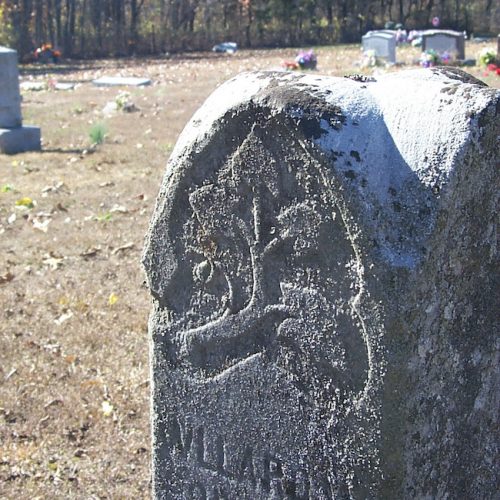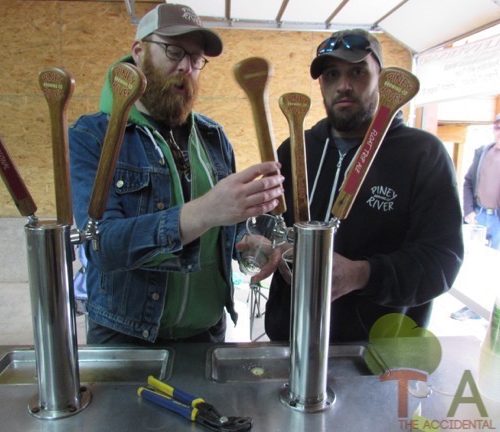I have longed to visit Britain Mill since I first discovered it online before Covid hit. Isn’t it interesting? We are now dating things in our lives pre- and post-Covid. I finally got an opportunity to arrange for a visit and head to Ash Grove, Missouri, after contacting mill owners Clyde and Janet Beal, who have lovingly restored the mill.
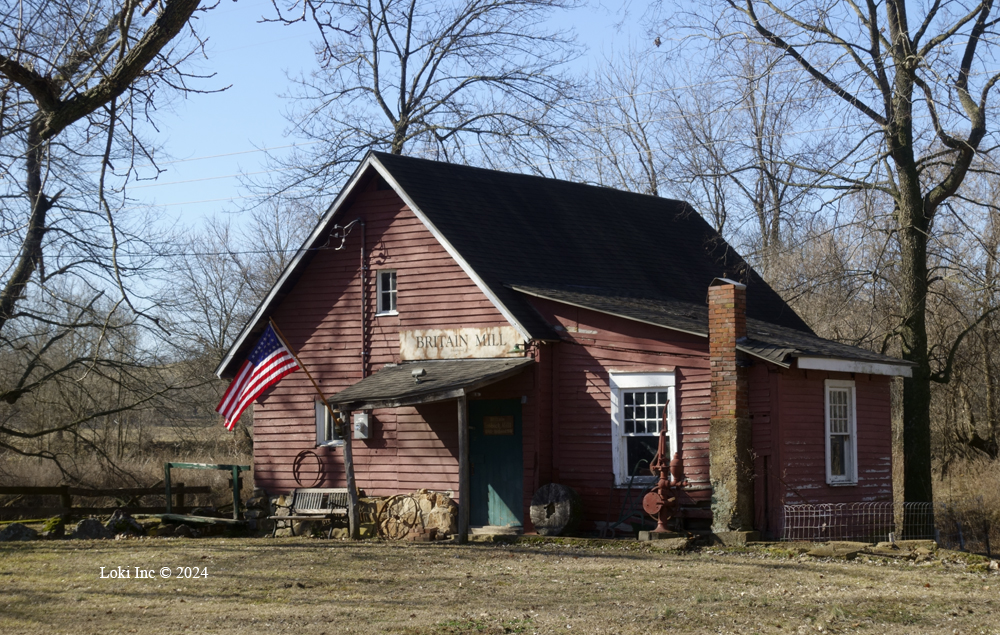
When I use the term “lovingly,” I mean it. For the Beals fell in love with the old mill upon seeing it advertised for sale in a country magazine back in the early 2000s. Janet said that the minute she saw the advertisement for the mill and artist’s cottage, she felt that it was calling to them. The place intrigued both of them, so they quickly came up from Florida to Missouri to see it. They purchased the tract of land that included a mill and outbuildings, along with a small house that had belonged to an artist. Clyde majored in Physics and worked as director of operations for Lockheed-Martin, and he came equipped with basic knowledge of mechanics, which he applied to operating a mill, and learning more about how a mill works. Janet has been his “right-hand woman” throughout the years.
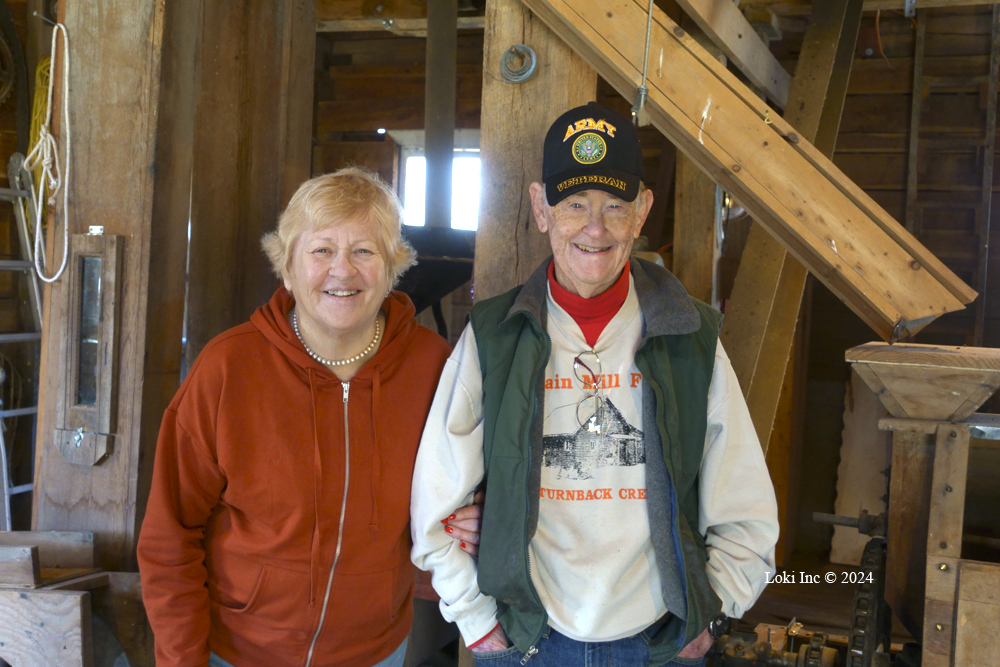
Then, the work began. Not only have they rolled up their sleeves to restore and maintain this property over the intervening years, but also, they decided to invite the public (by appointment only) to see it.
Clyde compiled the mill’s history thoroughly in this post at the Britain Mill website. If you’re interested in this mill’s history, please read his account.
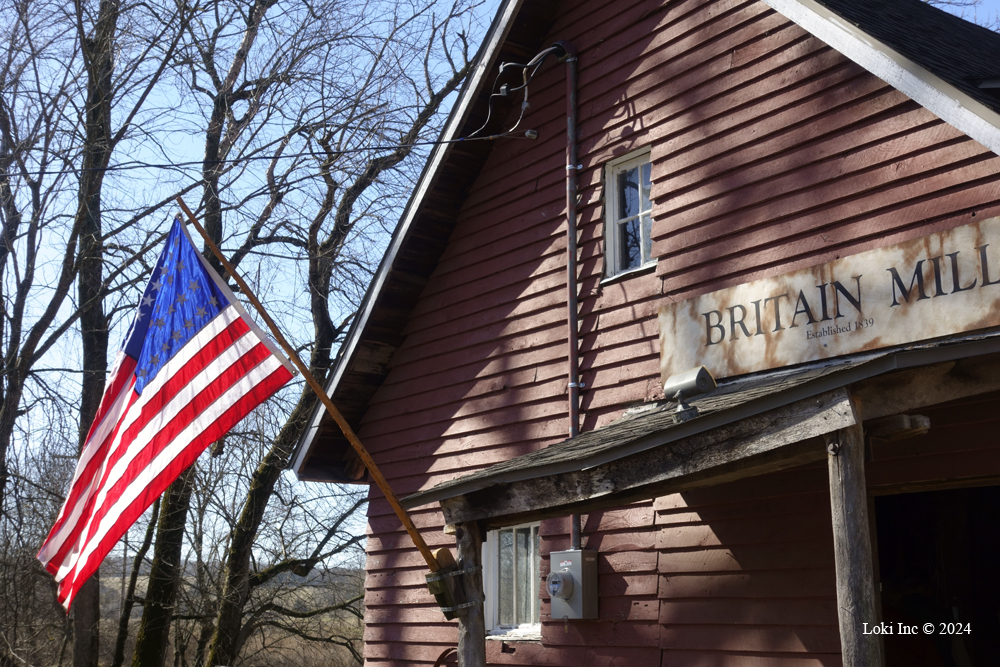
History of Britain Mill
To summarize the mill’s history, it is thought to have been constructed sometime between 1839 and 1845. The mill began as Turnback Mill, since it sat on Turnback Creek, and had its name changed several times. The last owners of a viable mill were named … Britain.
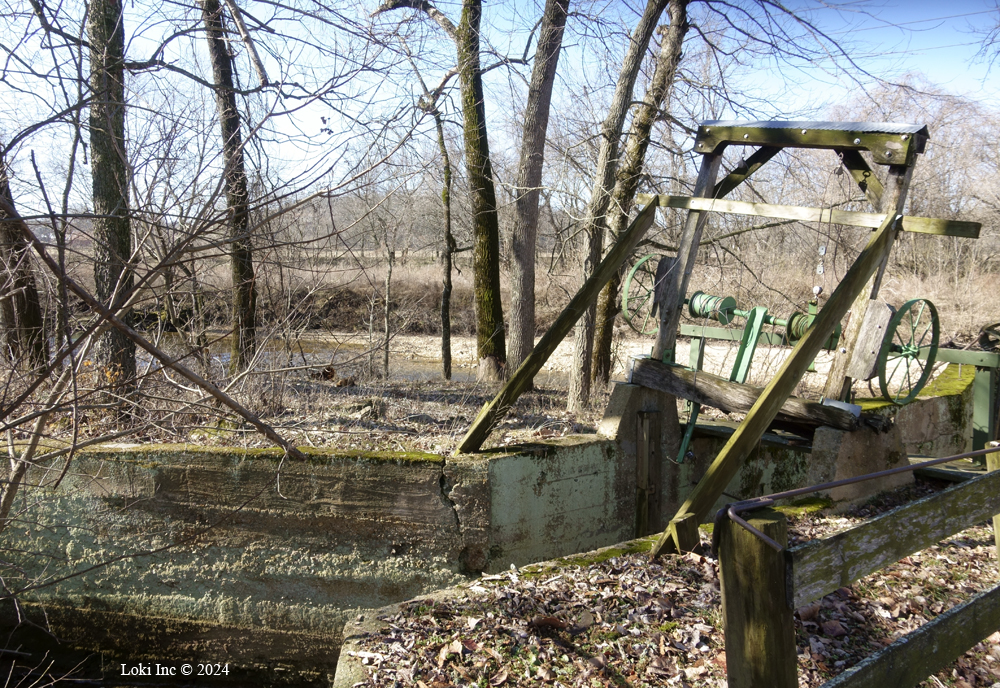
Britain Mill was not burned during the Civil War, as many mills in southwestern Missouri were. Clyde writes, “In fact, the First Kansas Volunteers camped at what is now Paris Springs, half a mile downstream from the mill, for a few days in July, 1861. One soldier’s letter survives, recounting an encounter with a Rebel cavalry patrol and the Union pickets. The same soldier mentions that the mill ‘…is at work night and day…’ providing the troops with much needed flour.” It’s thought that since the mill owners were Quaker and Union sympathizers, their mill was spared the fate of many other mills in southern Missouri, which were burned by Union troops.
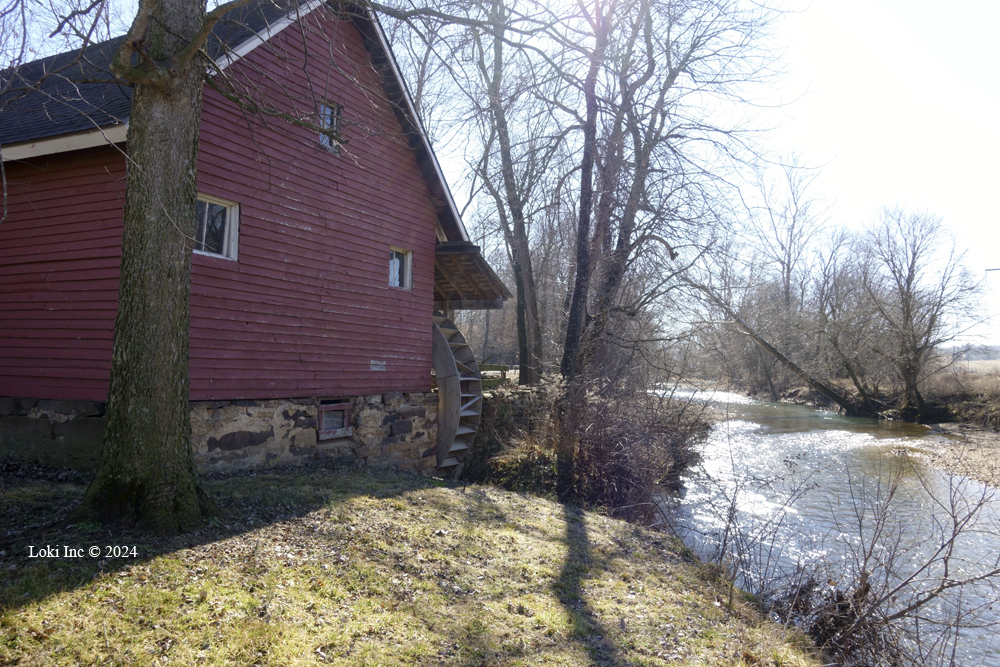
Turnback Creek begins its journey near Billings, Missouri, and winds its way northward 30 miles before it gets to Britain Mill. Turnback ends at Stockton Lake. Goose Creek flows nearby and it joins Turnback just upstream of the mill.
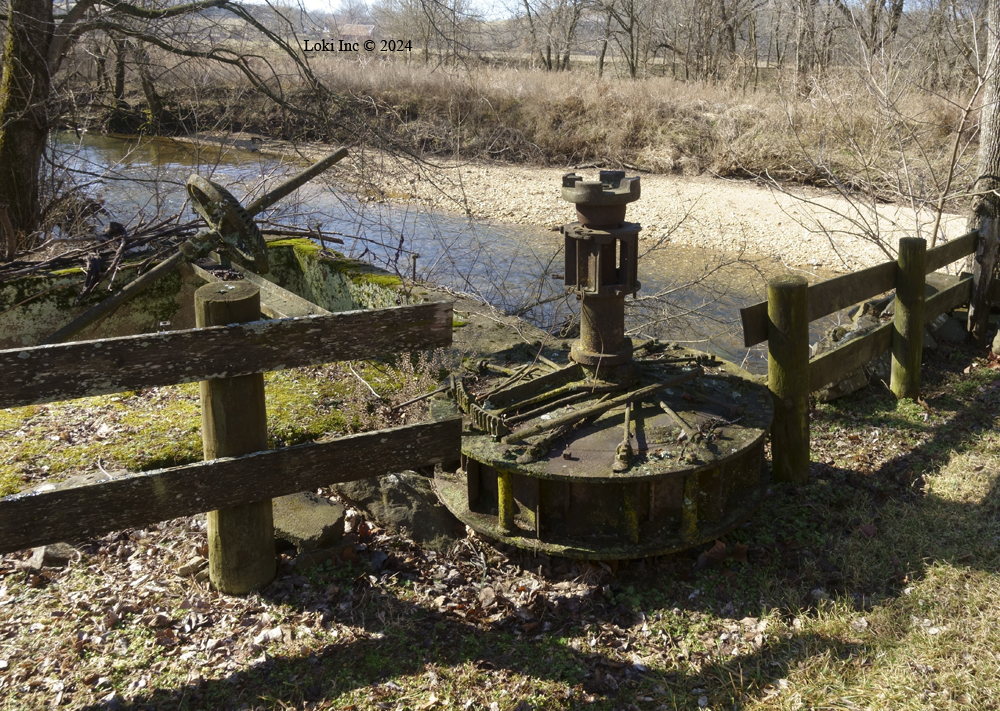
In 1892, the family who owned the mill, the Likins, added a Leffels water turbine and a second story to the building, which housed new equipment including a Great Western roller. This meant the water wheel would no longer be needed. There is a 4- to 5-foot (in diameter) wheel box onsite that would have accommodated either a paddle or a water wheel. Clyde believes the wheel box is circa 1857.
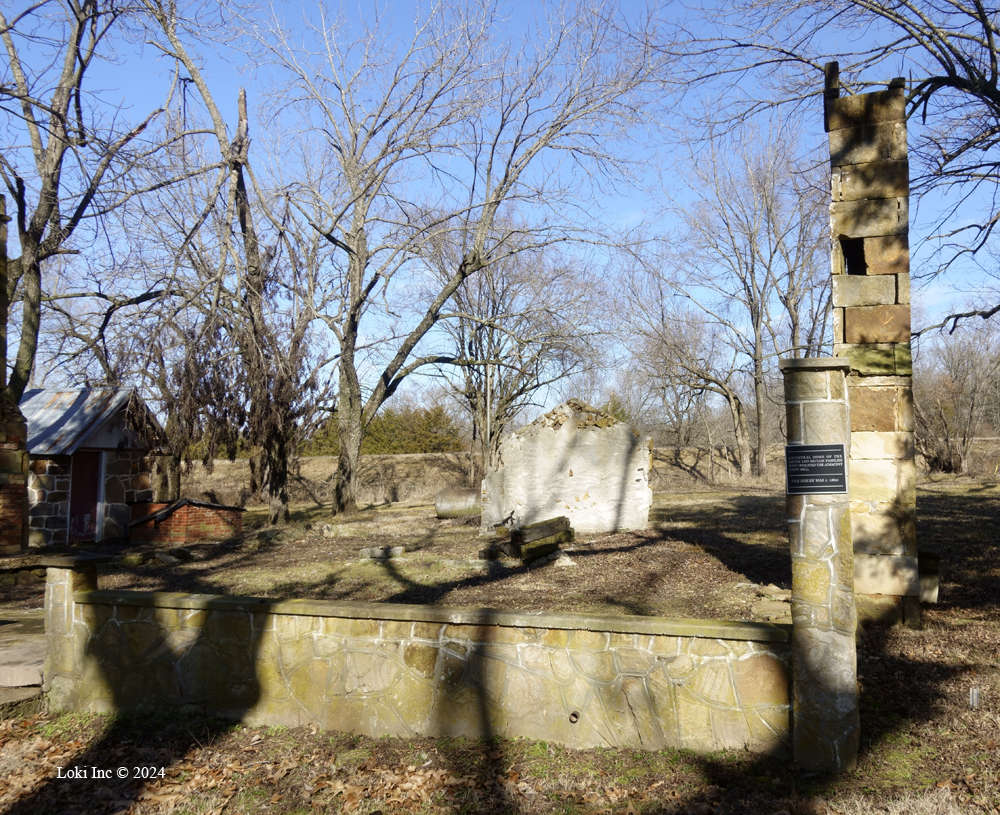
The last name, Britain, came from the family who ran the mill operation the longest. Interestingly, their daughter, Bette, began to operate the mill as a miller – typically a man’s job – sometime before the 1940s.
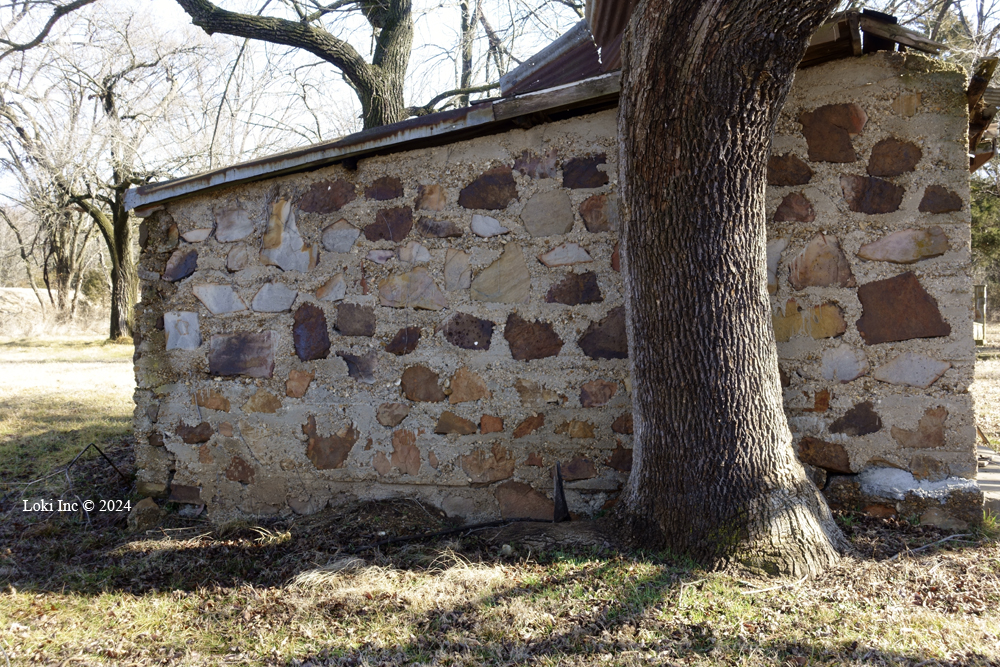
Generally, Missouri’s water mills began a descent into ruin and abandonment about this time because electric (and sometimes steam) power allowed for larger industrial and more efficient operations. The availability of better means of transportation than horse- or mule-drawn wagons, along with better roads, also signaled an end to the requirement for milling operations and their associated services to be close by farmers’ properties.
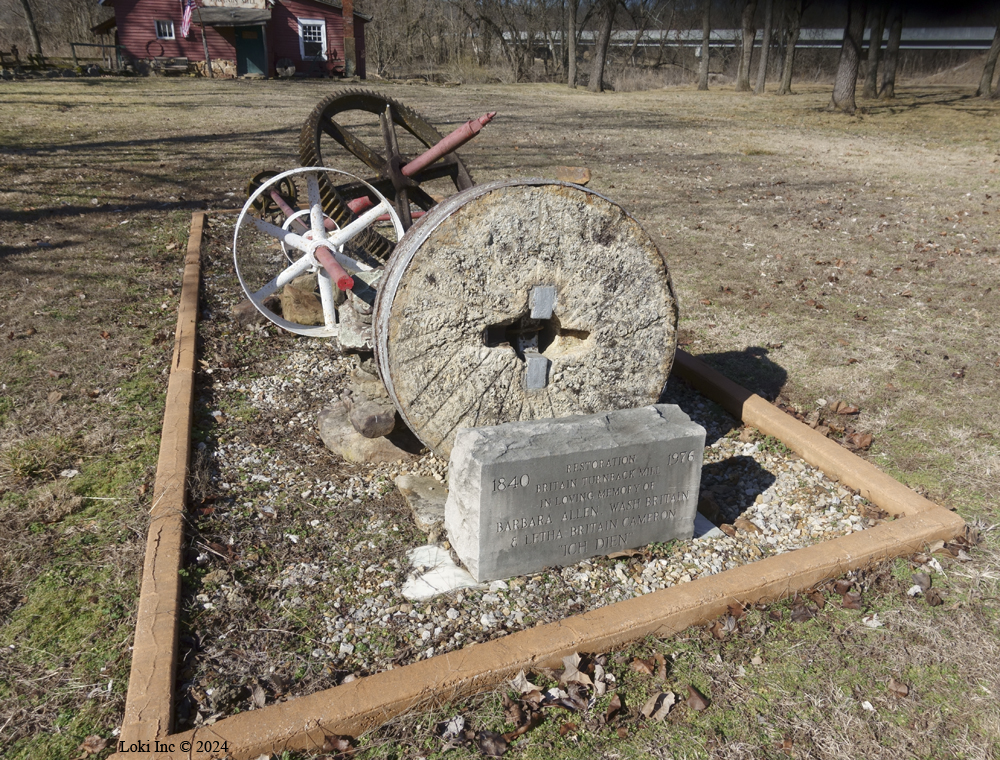
Sometime after World War II, Britain Mill underwent a major restoration, representing the love people have for historic water mills, why the Beals bought this water mill and why I am working on a book about Missouri water mills in the Ozarks.
Britain Mill’s Restoration
Bill Cameron, a notable expert on water mill construction managed the Britain Mill restoration. He also is responsible for the beautiful design and construction of Edwards Mill, located on the campus of College of the Ozarks, near Point Lookout, Missouri. Bill’s wife, Letha, had spent time at the Britain Mill with the family and recalled those days as some of her “fondest.”
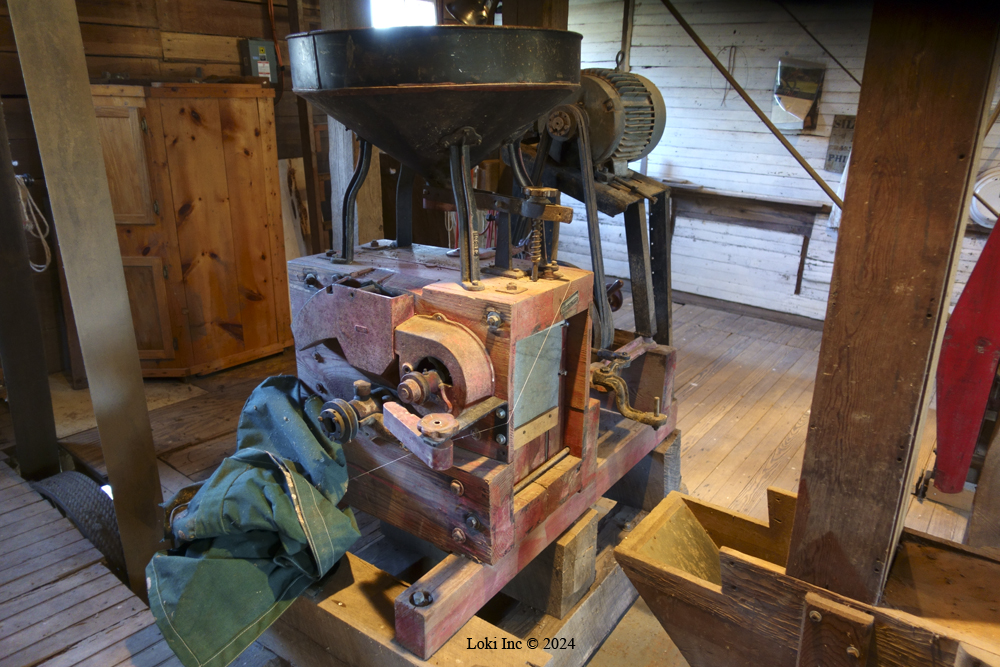
Today’s little red mill doesn’t stand where the original mill stood, but is only a stone’s throw away. You can still see two sluices and the old mill race and turbine pit in the ground nearby. You can see Turnback Creek, too.
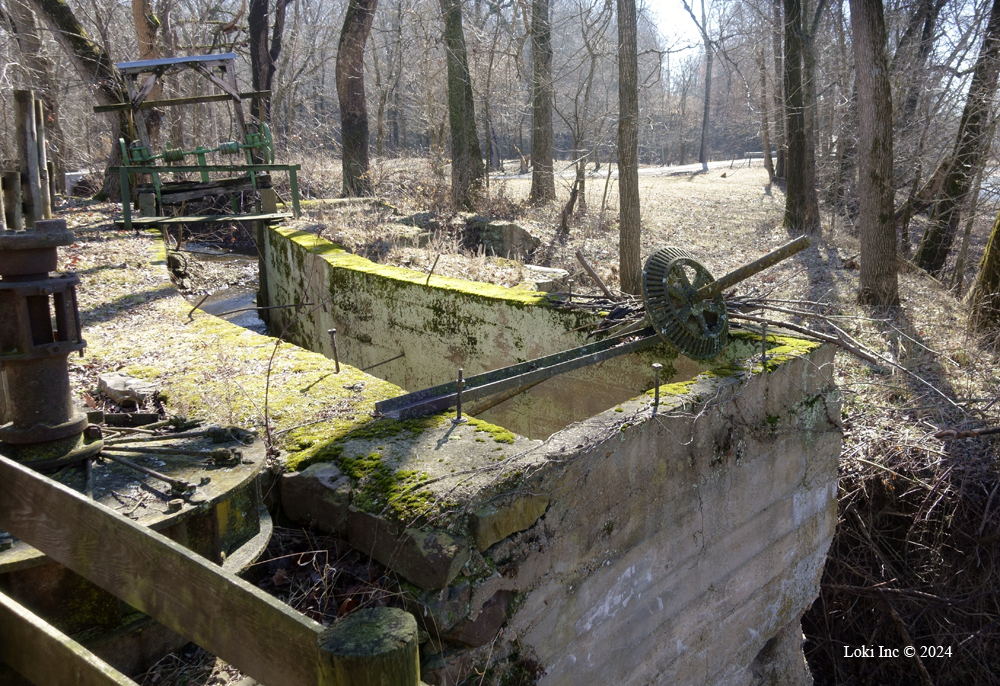
We were so fortunate that Clyde walked with us to see pieces of the restored dam on Turnback. In 1988, after artist Vivian Boswell bought the property, she obtained the proper approval (Corps of Engineers and others) to construct a new spillway. Just four months later, a “500-year-flood” destroyed the new construction. There are a few parts and pieces left from the project, at the edges.
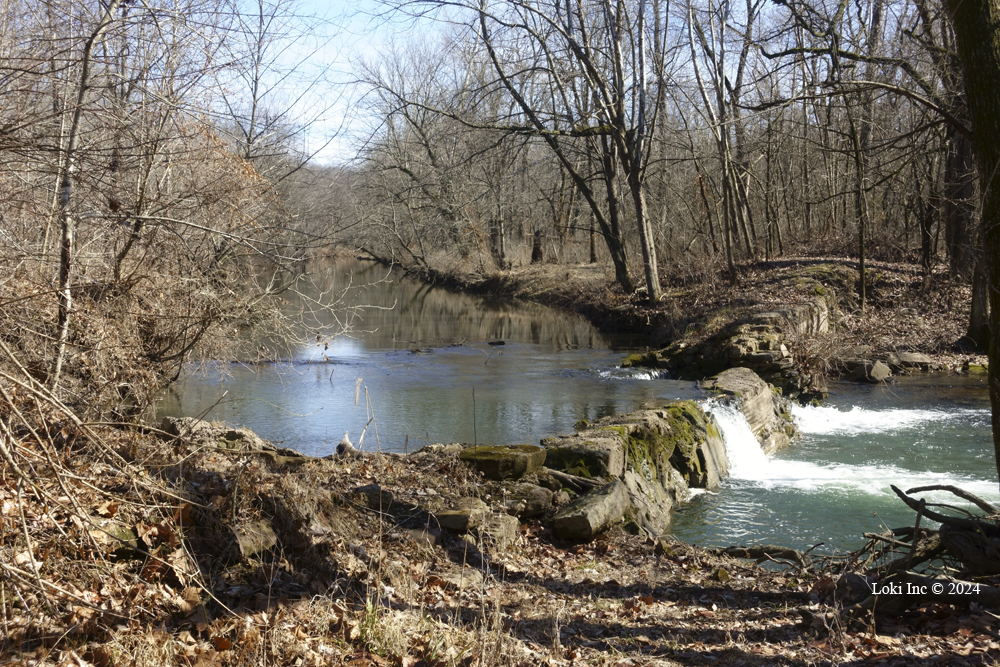
After the Beals bought the property in 2002, they began to think of restoring it. In 2004, they hired project manager Harold Sullins, who worked at Montauk State Park, east of Licking, Missouri, which also has an old mill onsite.
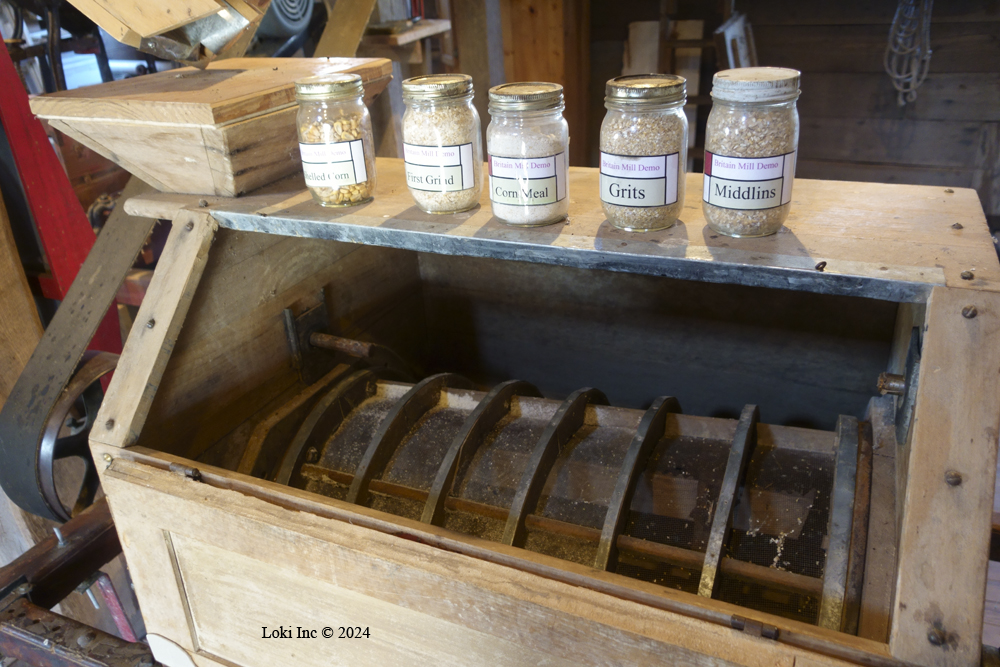
The property had suffered from the terrible flooding, and none of the equipment or gear had been cleaned since a flood in 1993. Clyde writes, “The project goal was to restore the operations sufficiently to demonstrate to selected visitors how a custom mill might operate in the mid-19th century in the Ozarks. Initially, the existing equipment was cleaned and restored. The bran duster was fitted with screens for corn meal and grits to serve as a sifter, eventually. The restoration of water power was deferred for a later time, so plans for electrically powered equipment were made.”
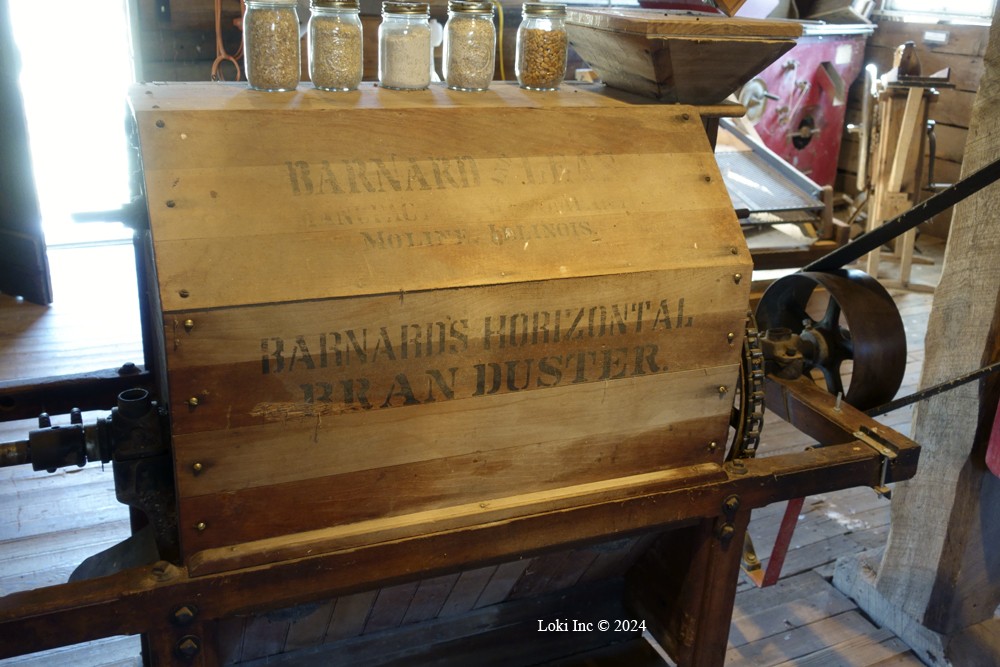
And, of course, there were more projects in the works for the Beals … Clyde and Janet told tales of slogging away for more than 72 hours after a recent flooding a few years ago, to haul mud from the basement of the mill building – in buckets handed up and dumped out. They said it was back-breaking work.
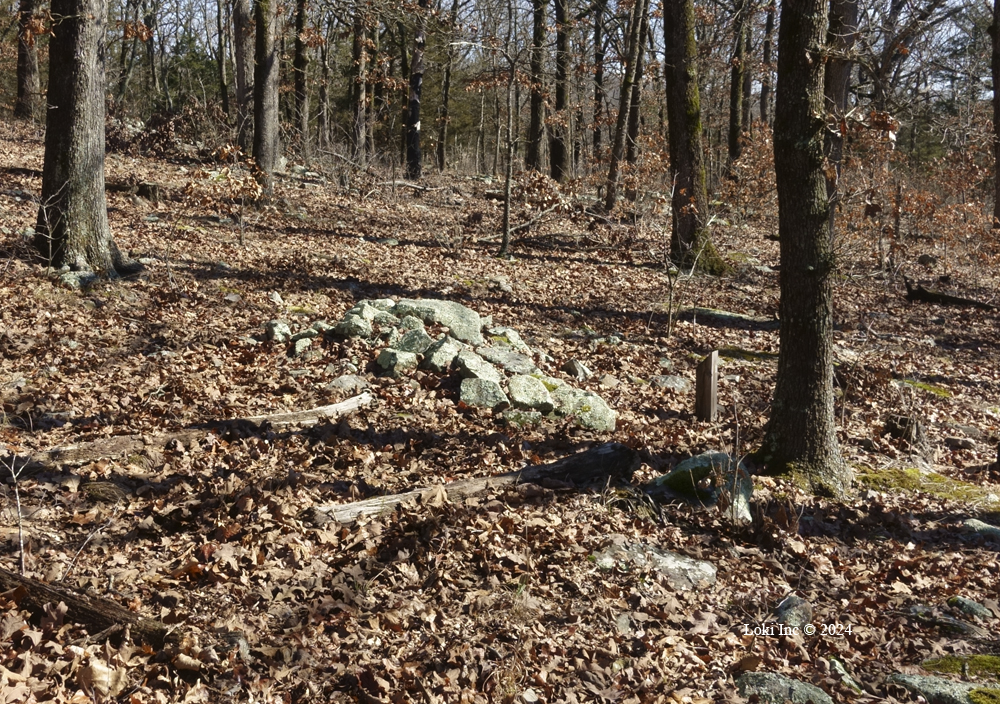
Clyde offered to show us more of the 50-acre property, which has a walking trail with 27 cairns.
He is like a mountain goat, with his sneakers on, winding his way uphill through scrabble and showing us the improvements he has made throughout the years to his beloved property.
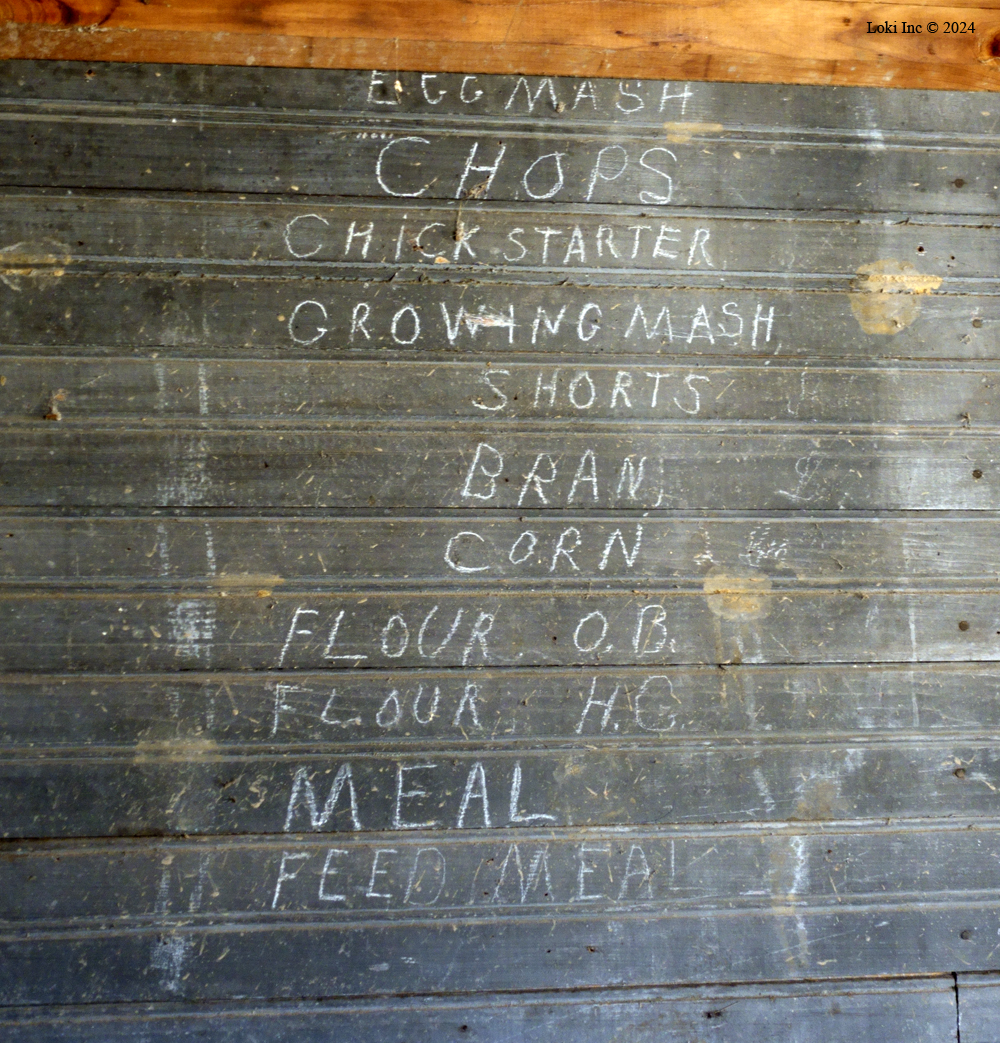
He and Janet may be in the sunset years of their lives, and they may not be able to dig out mud from flooding anymore, but they can look upon their mill with pride and satisfaction that for this generation, they have made a difference.
When asked why he decided to spend his retirement years restoring this old mill, Clyde summed it up: “I feel the need to be productive.”
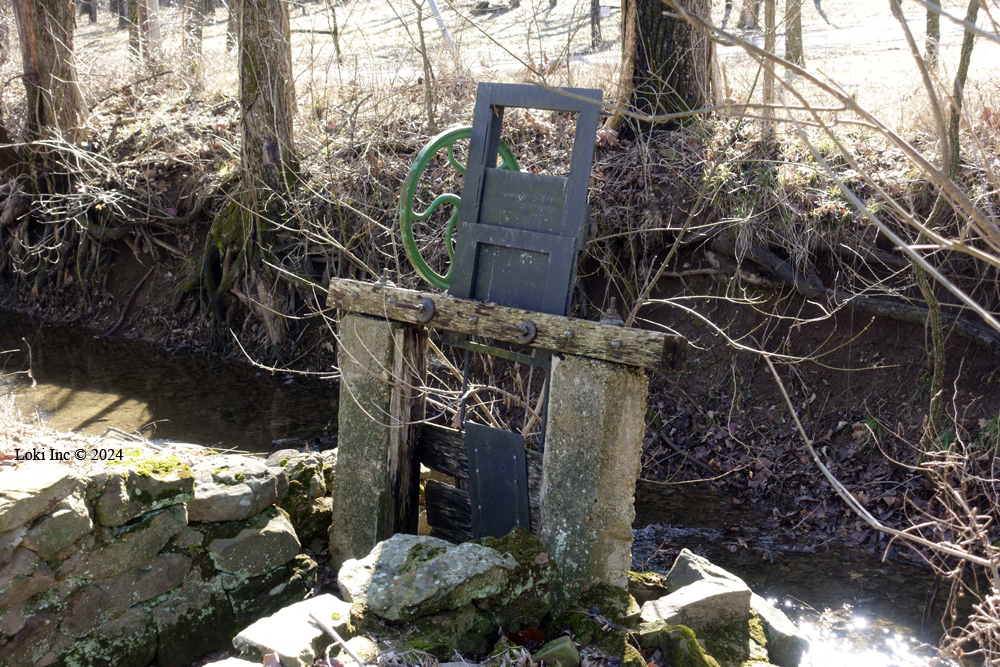
(Jason Baird photo)
You can see Britain Mill from the road. The address is 5922 Lawrence 1207, Ash Grove, Missouri, which is about 20 miles southwest of Springfield, Missouri.
Please visit the Beals’ website for more information. Open by appointment only.


